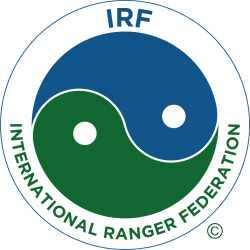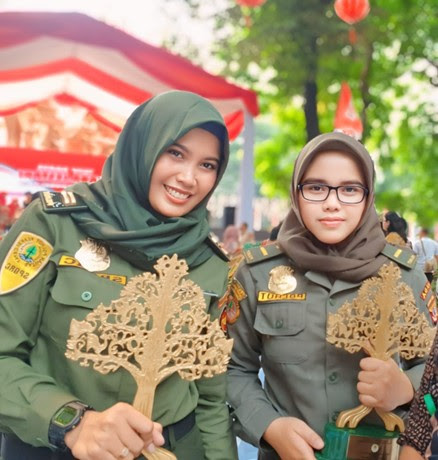Saving Indonesia’s Endangered Butterflies
Credit: Ranger Federation of Asia
I am Oom Mukaromah Al Badriyah, a park ranger at Gunung Ciremai National Park, Indonesia. In 2016, I transferred from the West Kalimantan Natural Resources Conservation Agency (BKSDA) to Gunung Ciremai National Park in West Java, my hometown. Little did I know this move would spark a deep fascination with a particular butterfly species, Troides helena, a member of the Papilionidae family.
The transition between the two workplaces was striking. Unlike West Kalimantan, where conservation efforts faced significant challenges, Gunung Ciremai had a more supportive community and minimal forestry crimes. This made me reflect: how could I make my daily patrols more meaningful?
As a ranger, I regularly patrolled the lush forests of Gunung Ciremai, ensuring the safety of its biodiversity. But something caught my eye butterflies fluttering in the dense greenery. Gunung Ciremai National Park is home to over 160 butterfly species, but one stood out to me: Troides helena, a protected and endangered species. For three years, I studied its habitat, food sources, metamorphosis, and lifespan. As my fascination deepened, I embarked on self-funded research, traveling to butterfly conservation parks in Bogor, Kadipaten, and Lampung. I documented my observations and, over time, compiled them into a book about Troides helena in Gunung Ciremai National Park.
A new question arose: how could the conservation of Troides helena benefit local communities while ensuring its protection? Driven by this question, I initiated a community-based conservation effort in SPTN Region I Kuningan, Gunung Ciremai National Park, led by Kang Enung. Establishing this group was not easy. We faced multiple challenges, including convincing locals that butterflies could generate income, aligning different perspectives within the group, mediating internal conflicts, and encouraging financial investment in conservation efforts. Together, we established the Troides helena Conservation Park at Bintangot Research Station, offering ecotourism and educational experiences. Soon, schools began showing interest. Kindergartens, elementary schools, and junior high students started visiting the conservation park to witness the butterfly’s life cycle while enjoying the beauty of Gunung Ciremai’s forests. This initiative also provided economic benefits for the local community, including ecotourism guide services for visitors and food and beverage businesses catering to tourists.
I hope my story inspires female rangers worldwide. We can create meaningful change, no matter how small the action seems. Not everyone notices butterflies. But if not us, then who will protect them?
Start small, even if others overlook it. From small actions, we can achieve great things.

